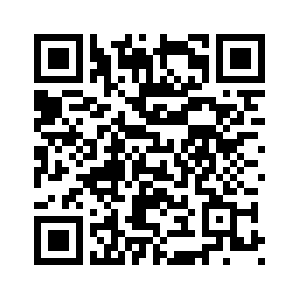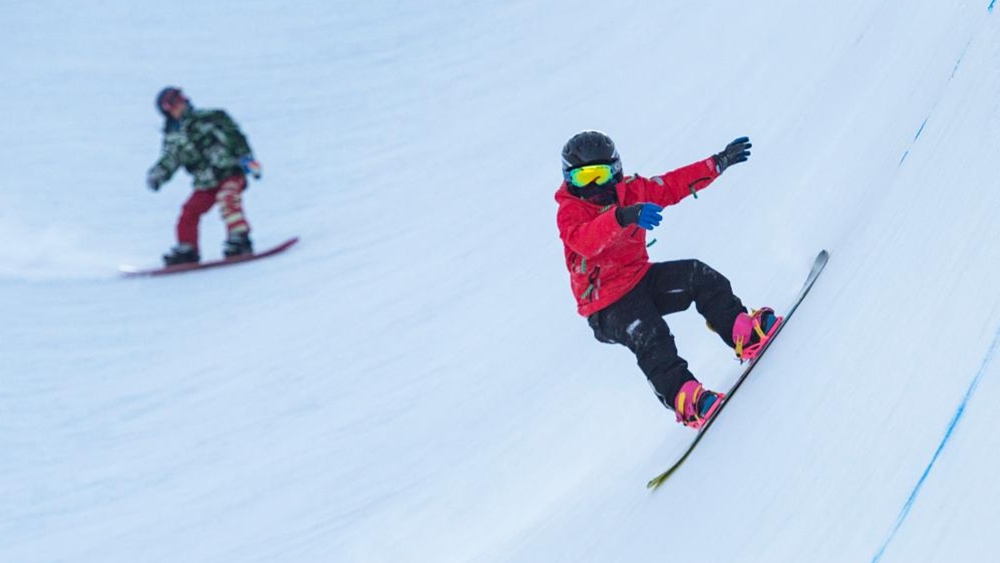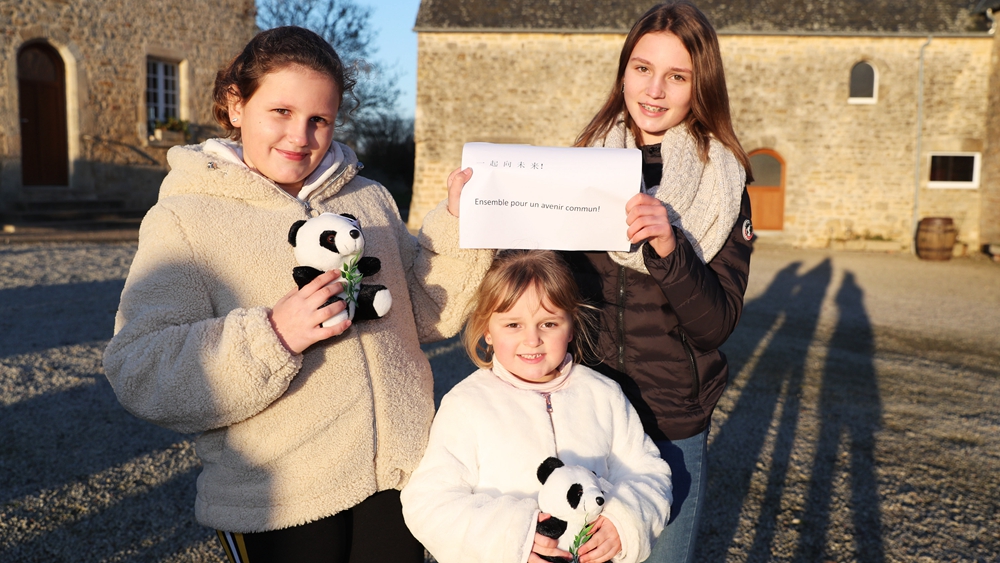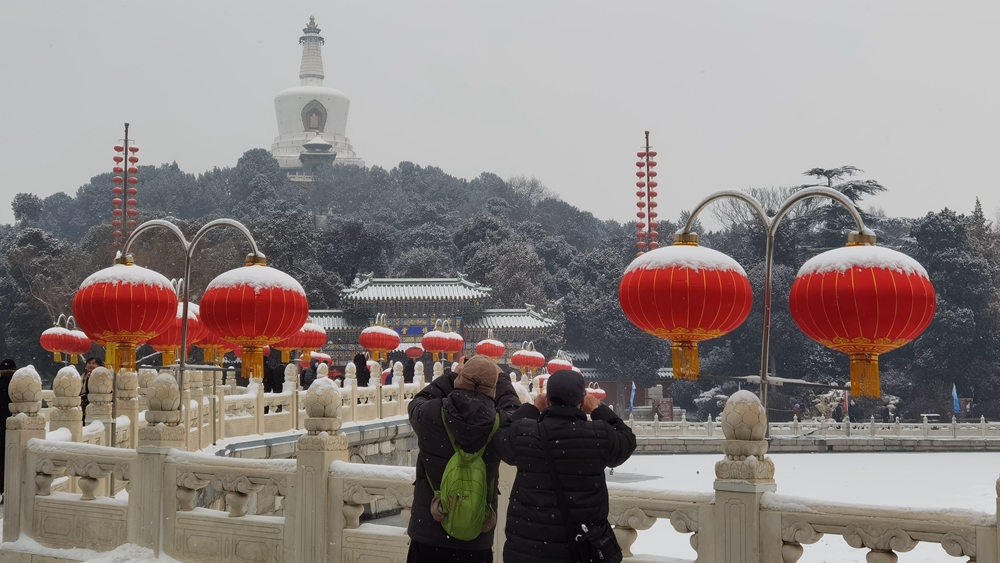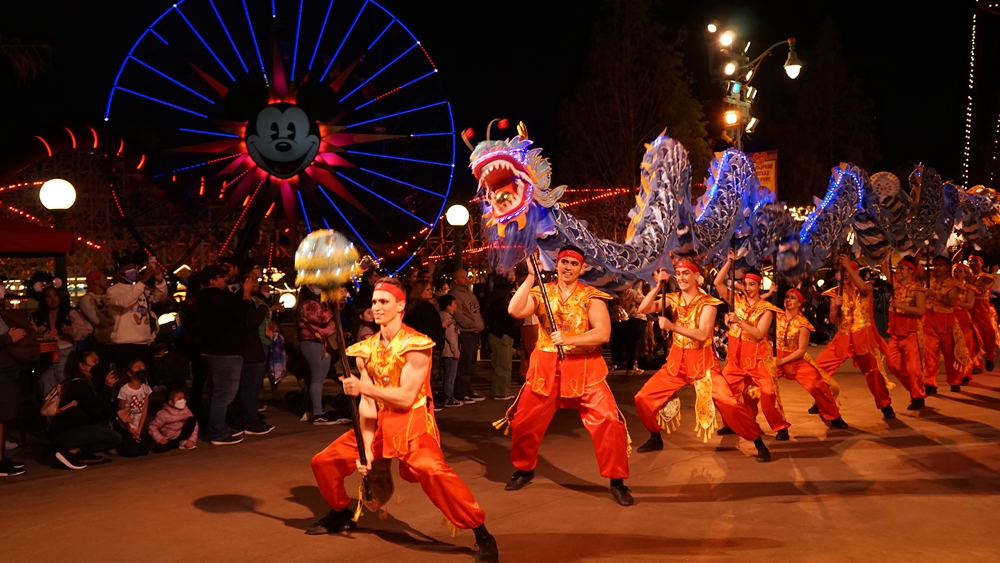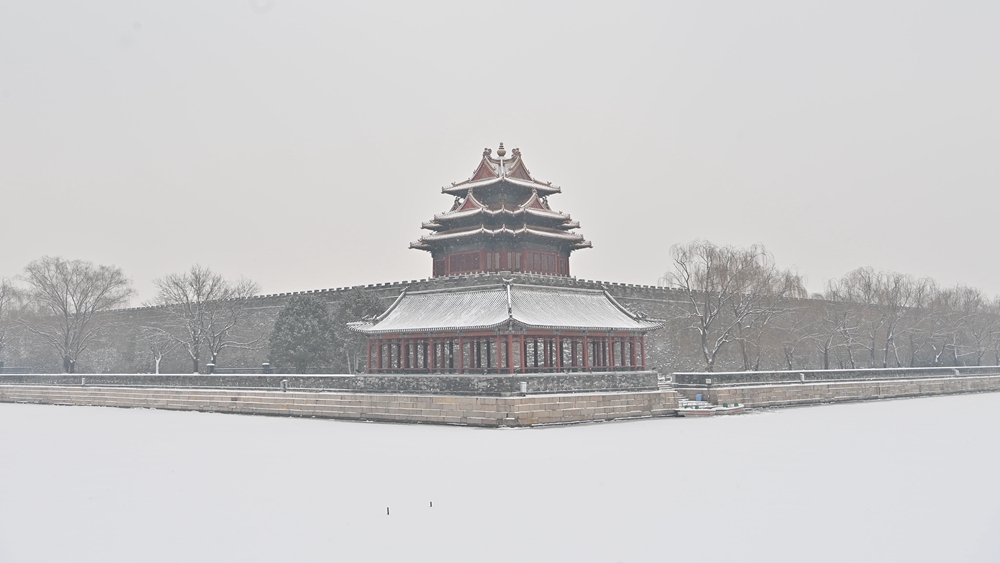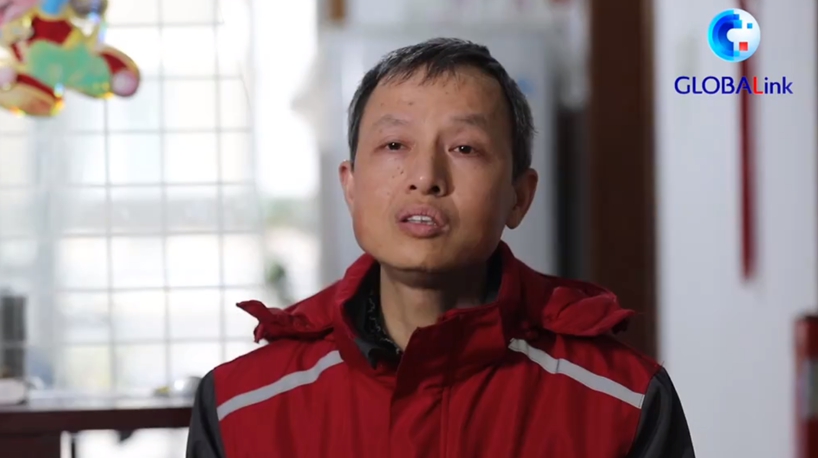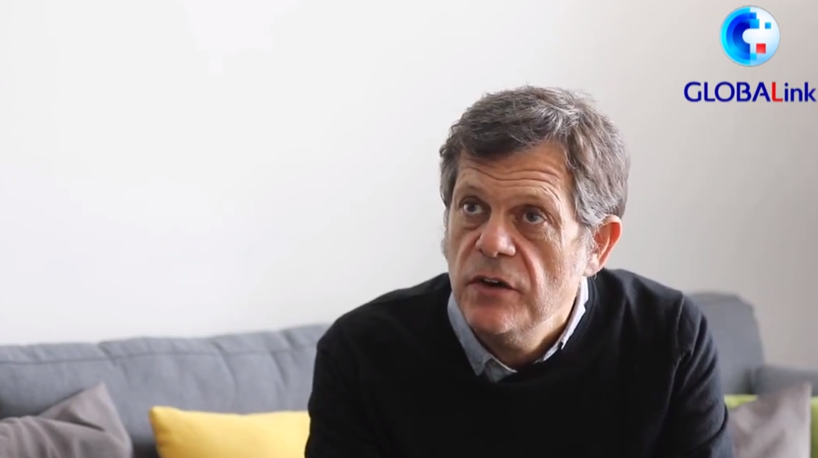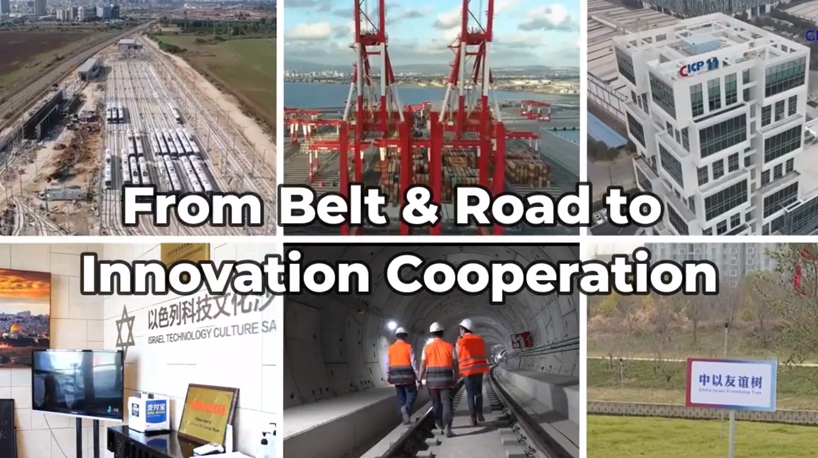
Visitors wearing face masks view an exhibit at the Emperor Qinshihuang's Mausoleum Site Museum in Xi'an, northwest China's Shaanxi Province, March 25, 2020. (Xinhua/Yang Yimiao)
XI'AN, Jan. 24 (Xinhua) -- Several potteries, bronze wares, as well as human and animal figurines made of gold, silver and bronze, have been unearthed in Pit No.1 of the iconic museum housing Terracotta Warriors in northwest China's Shaanxi Province.
Excavation work in Pit No.1 and its surrounding burial pits started in 2013, according to the Emperor Qinshihuang's Mausoleum Site Museum.
Pit No.1 has three burial pits holding horse and chariot, where a set of 15 chime bells, human figurines made of metal, featuring vivid acrobatic feats, and animal statues have been discovered. The relics indicate the distinguished and high-ranking status of the tomb owner, said the museum.
As of now, the archaeologists have restored antiquities such as gold and silver camels, dancing figurines made of gold, a jade tripod and a silver hound dog.
Discovered in 1974, the army of Terracotta Warriors was built by Emperor Qinshihuang of the Qin Dynasty (221 B.C.-207 B.C.), who unified China for the first time.
Pit No.1, the largest burial pit excavated so far, covers an area of 14,260 square meters. According to the arrangement of the army, more than 6,000 terracotta warriors and horses could be unearthed in the pit after full excavation. ■
